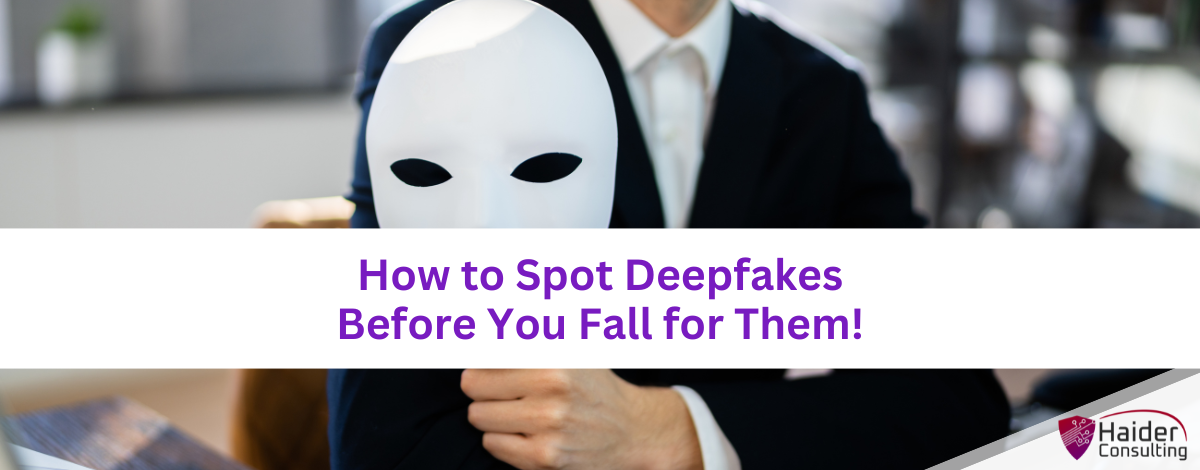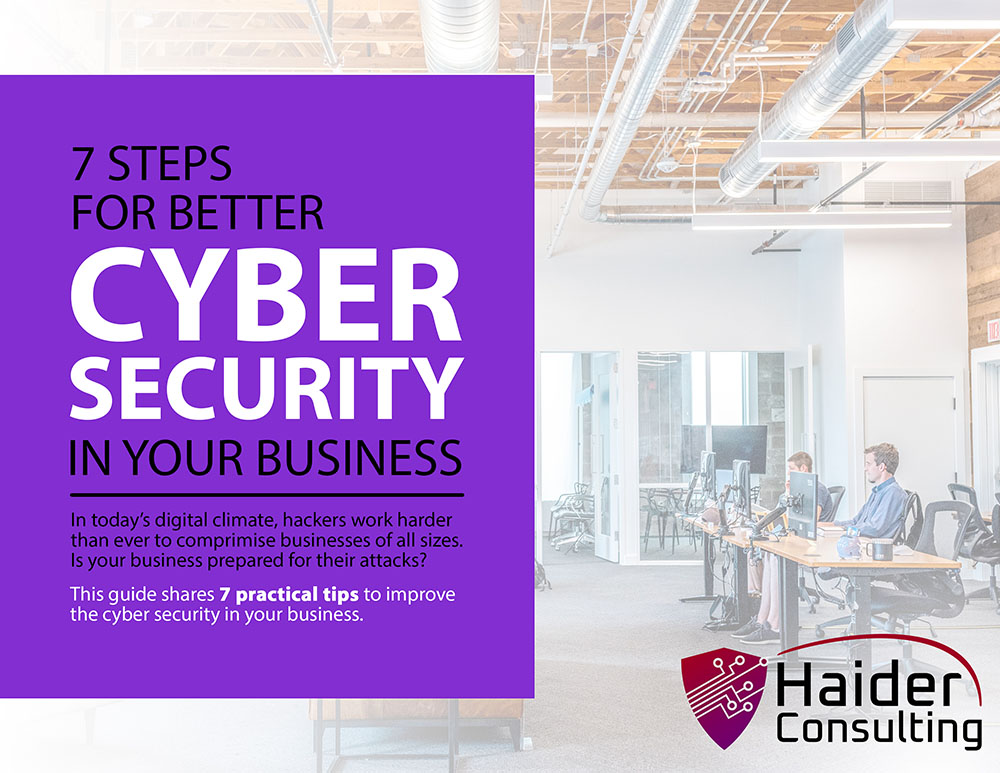Have you ever seen a video of a famous person saying something shocking, only to learn later it was fake? Or maybe you got an urgent email that seemed to be from your boss, but something was off.
Welcome to the realm of deepfakes. This advanced technology uses artificial intelligence (AI) to create very realistic videos or audio clips. These might look and sound real, but they’re completely altered.
Deepfakes can be fun, used for satire or entertainment. However, they also have a darker side. For example, in 2024, scammers used a fake robocall that mimicked a political candidate’s voice to spread lies.
Deepfakes can spread false information, ruin reputations, and even shake up financial markets. They’re also used in phishing scams to trick people. It’s becoming more and more important to learn how to spot deepfakes.
Understanding Different Types of Deepfakes and How to Spot Them
Face-Swapping Deepfakes
The most common type of deepfake involves swapping one person’s face onto another’s body in a video. These can look very real, especially when created with advanced AI and high-quality video.
Here’s how you can spot them:
- Look for odd details: Pay close attention to how the lighting, skin tones, and facial expressions match up. Look for any unnatural movement in the hair or small misalignments in the face or neck areas.
- Consider the source: Where did you see the video? Was it on a well-known news website or a random social media account? Videos from untrusted sources should always be viewed with skepticism.
- Listen carefully: Does the voice sound right? Is it consistent with how the person usually talks? Any oddities in the tone, pitch, or accent might suggest it’s a deepfake.
Deepfake Audio
This type creates fake voice recordings that sound like a particular person, copying their way of speaking. Scammers use this to make fake messages or make it seem like someone said something they didn’t.
Here’s how to spot these deepfakes:
- Listen to the sound quality: Deepfake audio might sound a bit mechanical or off. It might not sound right compared to real recordings of the person. Listen for weird pauses, odd pronunciations, or strange emphasis.
- Think about what’s being said: Does the content of the audio make sense for the person saying it? Does it fit the situation? If it seems out of character or wrong, be suspicious.
- Look for confirmation: Is there any other proof to back up what the audio says? If not, take it with a grain of salt.
Text-Based Deepfakes
This new type of deepfake involves AI creating written content like social media posts, articles, or emails. It copies the writing style of a specific person or publication. These can be dangerous because scammers use them to spread false information or pretend to be someone else online.
Here’s how to spot them:
- Read carefully: Check if the writing style, vocabulary, and tone match what you expect from the person or publication. Look for strange wording, grammar mistakes, or changes in style.
- Verify the facts: Always double-check the information in the text with trustworthy sources. Don’t just believe the text itself.
- Watch out for emotional content: Be cautious with texts that make you feel strong emotions like fear, anger, or excitement. Scammers often use these emotions to cloud your judgment.
Deepfake Videos with Object Manipulation
This type of deepfake involves using AI to change how objects look or act in real video footage. Even now, cyber crooks use these to fake events or even to change visual evidence.
Here’s how to spot them:
- Watch how things move: Look closely at the movement of objects in the video. Do they move in a way that seems natural and follows the laws of physics? Watch out for odd movements, sudden changes in size, or inconsistencies in how light and shadows appear.
- Find the original video: If you can, try to find where the video originally came from. Comparing the original with the manipulated version can help you spot any changes.
Staying Sharp in the Age of Deepfakes
It’s important to stay alert and think critically when it comes to deepfakes.
Get to know the various types and learn how to spot warning signs. Always double-check information with trustworthy sources. Taking these steps will make you more knowledgeable and safer.
Get a Cyber Risk Assessment
Deepfakes are often used in phishing attacks, and just one click could infect your device with a virus. A security checkup can help keep your network safe. We’ll scan for any threats, weaknesses, and vulnerabilities to help manage your risks before they’re a problem.
Contact us today to find out more!
Book My 17-Minute Call





